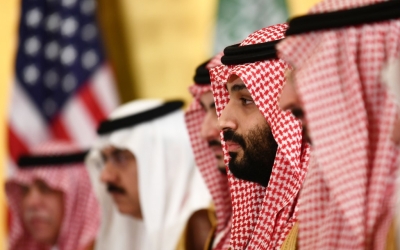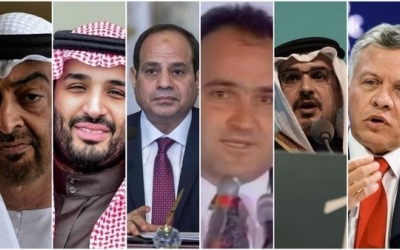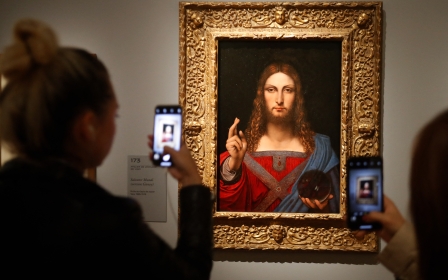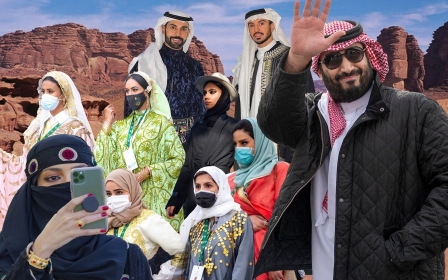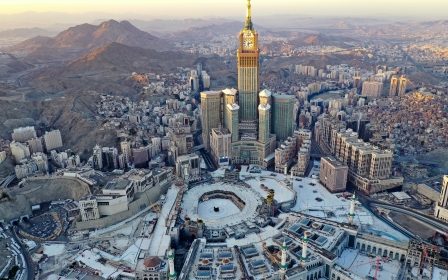Saudi Arabia: Salvator Mundi 'endangered' on MBS superyacht, says report
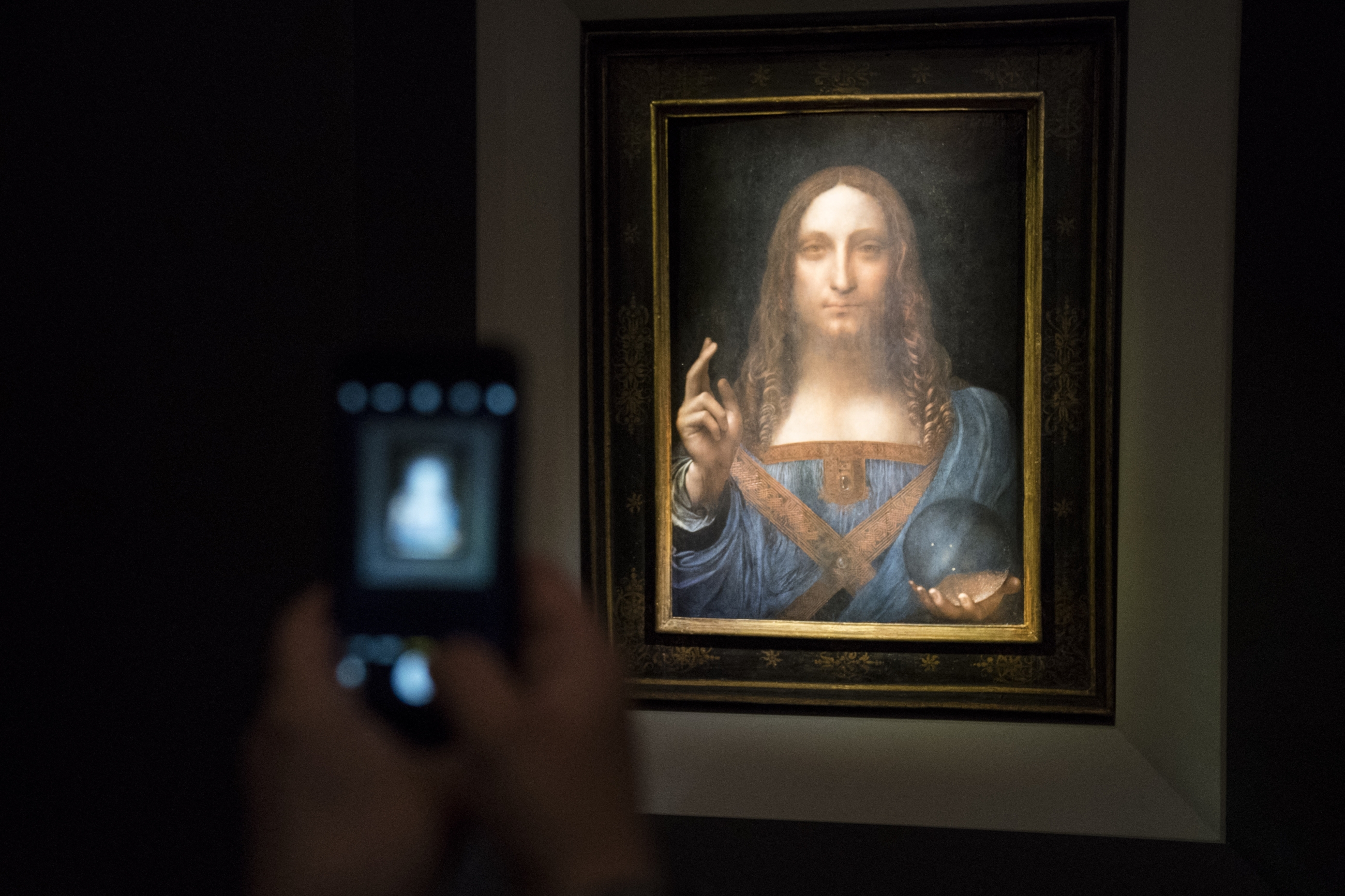
The world’s most expensive painting has been endangered by being kept on Saudi Crown Prince Mohammed bin Salman’s superyacht, a report has alleged.
The whereabouts of Leonardo da Vinci’s Salvator Mundi has been shrouded in secrecy since it was purchased in November 2017 for $450m by a little-known Saudi prince acting as a proxy to the Saudi crown prince.
The Wall Street Journal reported on Monday that the painting had been hanging in bin Salman’s 440-foot superyacht Serene until late last year.
The $600m ship, one of the world's largest private yachts, was bought by the crown prince in 2016 from a Russian vodka tycoon.
Steven Erisoty, an art conservator who has worked on pre-19th century master paintings, said that the seawater surrounding the yacht could endanger the 500-year-old painting.
“Paintings are complex, layered structures, and they like stability,” Erisoty told the WSJ. “This painting was already unstable,” he said, referring to previous restoration efforts.
He warned that the painting's layers of wood and paint pigments could become damaged if it was continually subjected to fluctuating temperatures while on board the Saudi yacht.
Erisoty said that to keep it unharmed, the painting would need to be displayed in a room with strict temperature and humidity controls.
The report claimed that the painting had now been transferred to a secret location inside Saudi Arabia, after Serene was moved to a Dutch shipyard for maintenance.
Painting causes diplomatic rift
Earlier this week, a new French documentary alleged that the Salvator Mundi was not exhibited at the Louvre two years ago because the French government would not bow to pressure from Riyadh to present the contentious work as “100 percent Da Vinci”.
A senior French government official revealed in the film that the painting arrived in Paris in June 2019, ahead of a high-profile Da Vinci exhibition, and was subsequently analysed at the Louvre’s technical laboratory.
“At the end of the process the verdict was revealed: the scientific evidence was that Leonardo da Vinci only made a contribution to the painting,” the official, code-named Jacques in the film, said.
He claimed that bin Salman, referred to by his initials MBS, would not accept doubts about the authenticity of the work.
“MBS laid down very clear conditions - show the Salvator Mundi beside the Mona Lisa without any other explanation, present it as 100 percent Leonardo da Vinci,” Jacques said.
A diplomatic tug of war ensued, with French Minister of Foreign Affairs Jean-Yves Le Drian and then-minister of culture Franck Riester lobbying on behalf of the Saudi request, noting significant deals Riyadh was signing with France.
However, President Emmanuel Macron rejected the conditions because the “credibility of France [and] of the Louvre” was at stake, according to the anonymous French official.
'Power and ego'
A report in the New York Times on Sunday claimed that it was in fact the Saudi request to place the Salvator Mundi beside the Mona Lisa, rather than doubts about authenticity, that led to the painting being pulled from the exhibition.
The forensic examination into the painting - which used the most advanced technologies available - authoritatively concluded that the work had been produced by Leonardo da Vinci, according to a confidential and undisclosed Louvre report obtained by the Times.
However, the Saudi owners still withheld the work from the show because they wanted it to be hung next to the Mona Lisa, French officials said last week.
The Times report summarised that the French-Saudi fallout over the painting was “far from a dispute about art scholarship”, but rather one of “power and ego”.
The Louvre considers the Mona Lisa immovable due to high security and the huge crowds it attracts, and French officials argued that it would be “impossible” to place a painting next to it.
As a result of the Saudis not allowing the Salvator Mundi to be displayed, the French government, which oversees the Louvre, did not make public its positive findings about the authenticity of the painting. The museum says it is not permitted to comment on privately owned works unless they are displayed in its galleries.
It remains unclear why Riyadh would choose not to take the opportunity to have an official report confirm that the much-disputed painting is a Da Vinci, over a minor disagreement about placement during an exhibition.
Middle East Eye delivers independent and unrivalled coverage and analysis of the Middle East, North Africa and beyond. To learn more about republishing this content and the associated fees, please fill out this form. More about MEE can be found here.


